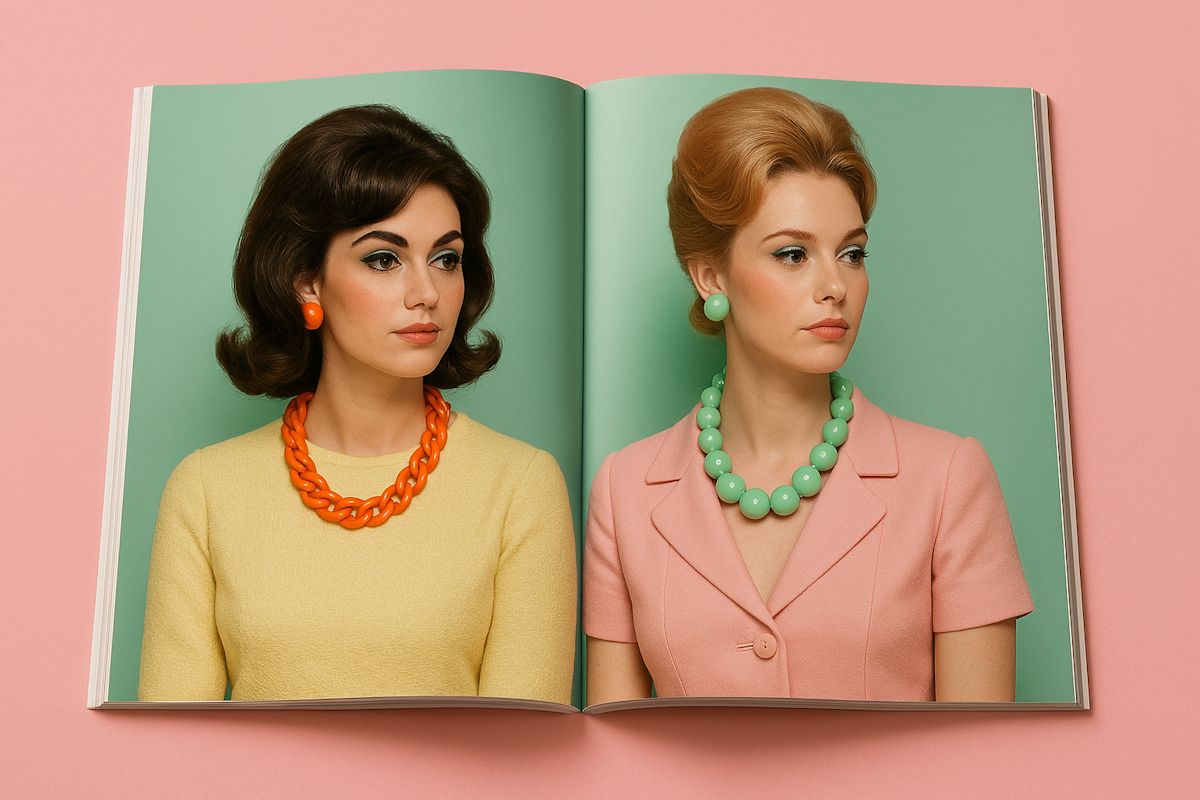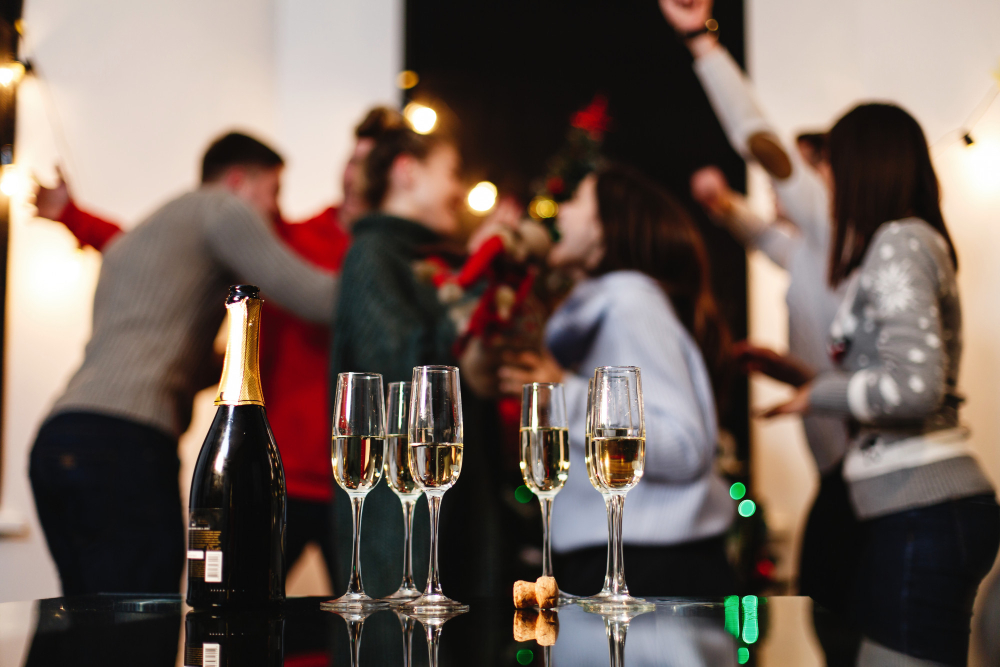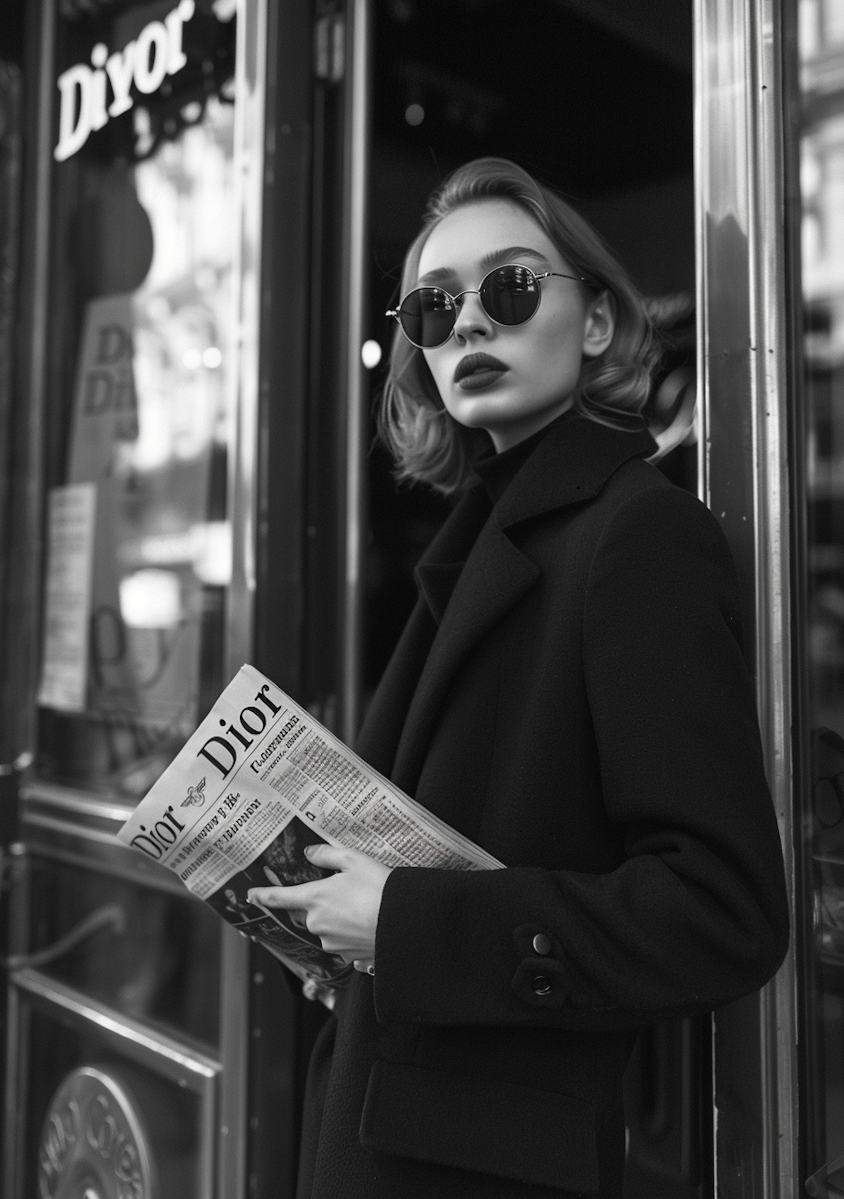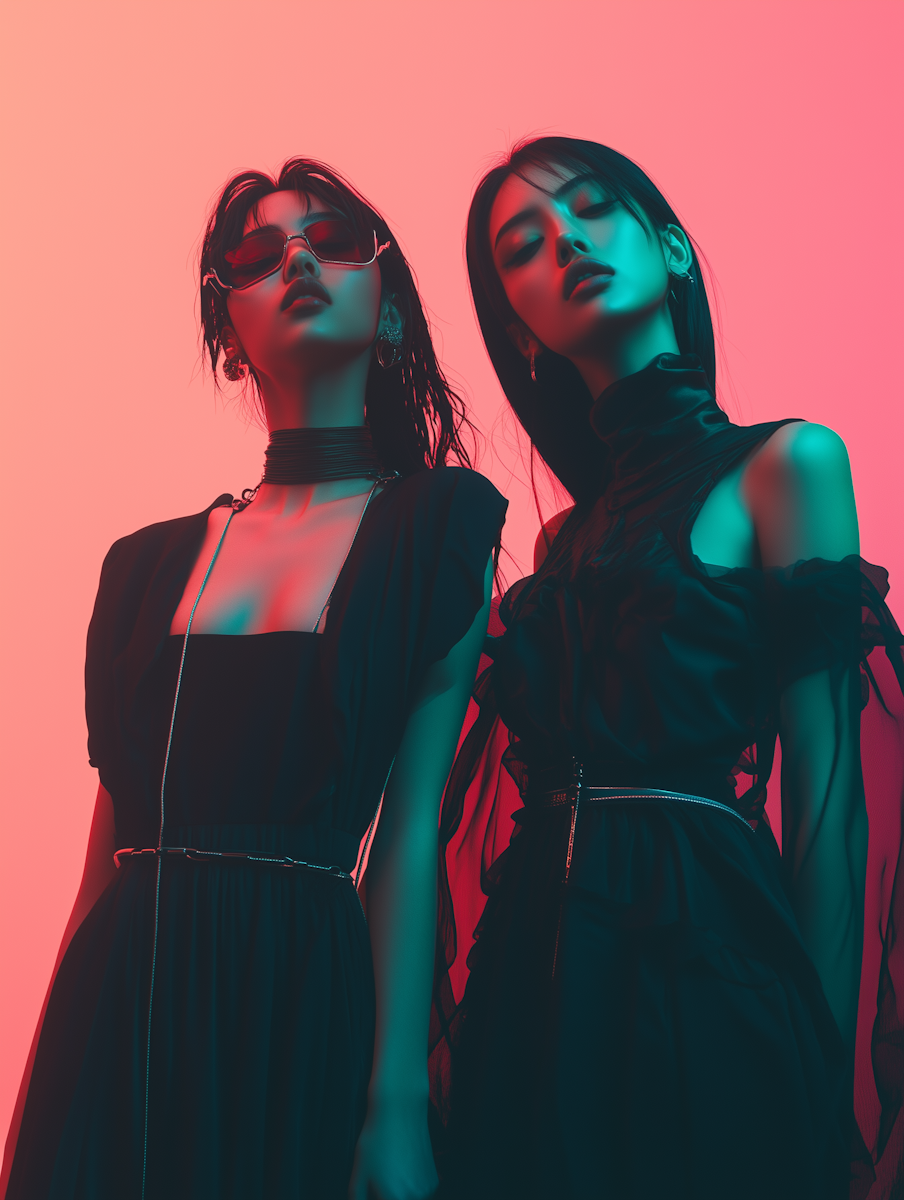Table of Contents
The 1920s, famously known as the Roaring Twenties, was a decade of dramatic change, especially when it came to fashion. Following the austerity of World War I, people embraced life, art, music—and of course, style—with a new enthusiasm. Fashion in the Roaring 20s wasn’t just about glitz and glamour; it was about breaking boundaries and expressing freedom in bold, exciting ways.
This post explores how fashion in the Roaring Twenties revolutionized personal style, and how its influence continues to shape modern fashion today.
The Social Revolution Behind the Style
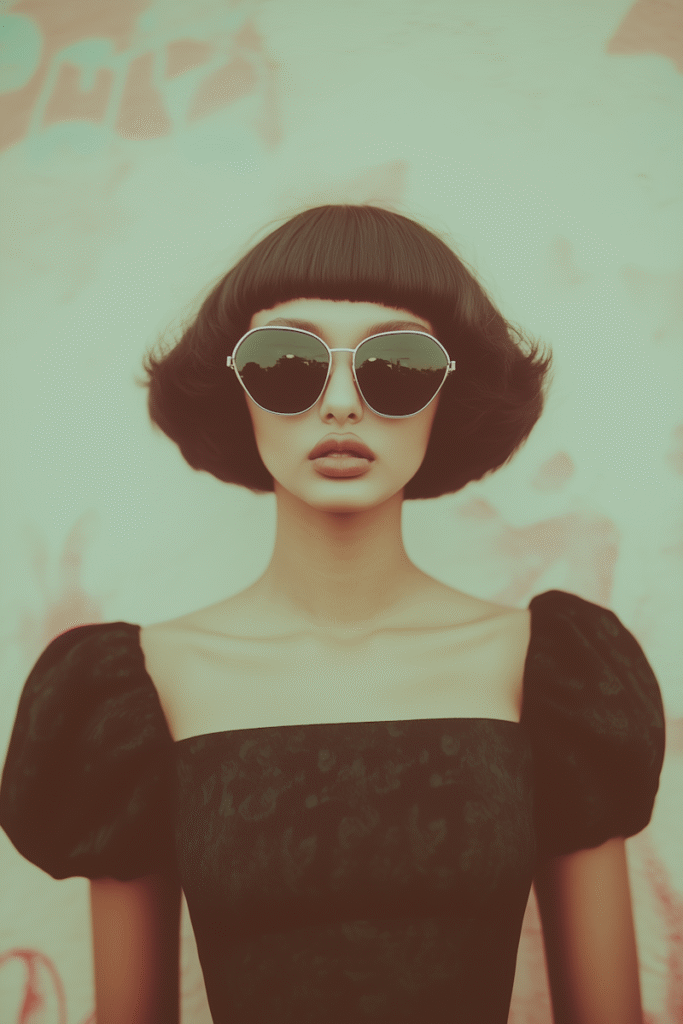
The 1920s were marked by a cultural shift, particularly for women. With the right to vote and greater social freedom, women were no longer confined to corsets and conservative clothing. The flapper emerged as the symbol of a new era—independent, fearless, and fashionable.
Meanwhile, men’s fashion also saw major transformations. The traditional stiffness of suits gave way to more relaxed silhouettes, brighter colors, and jazz-inspired accessories.
Key Elements of Women’s Fashion in the Roaring 20s
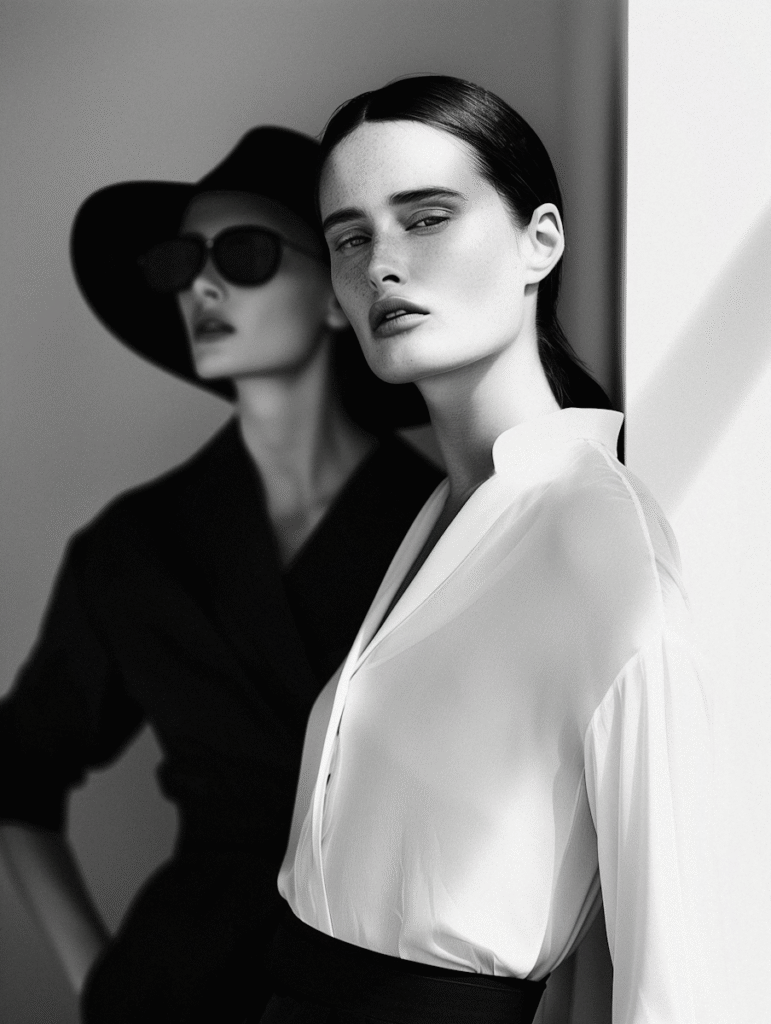
1. Flapper Dresses
Short, sleeveless, and often beaded or fringed, flapper dresses defined fashion in the Roaring 20s. They allowed freedom of movement and were perfect for dancing the Charleston.
2. Cloche Hats
These close-fitting hats sat low over the forehead and were a staple accessory of the time. They matched the bobbed haircuts that symbolized rebellion and modernity.
3. Art Deco Accessories
Jewelry in geometric shapes, feather boas, and long pearl necklaces completed the flapper look, adding sparkle and drama to every outfit.
4. Dropped Waistlines
The 1920s silhouette featured dropped waists, creating a straight, androgynous shape that challenged previous ideals of femininity.
Men’s Fashion in the Roaring Era
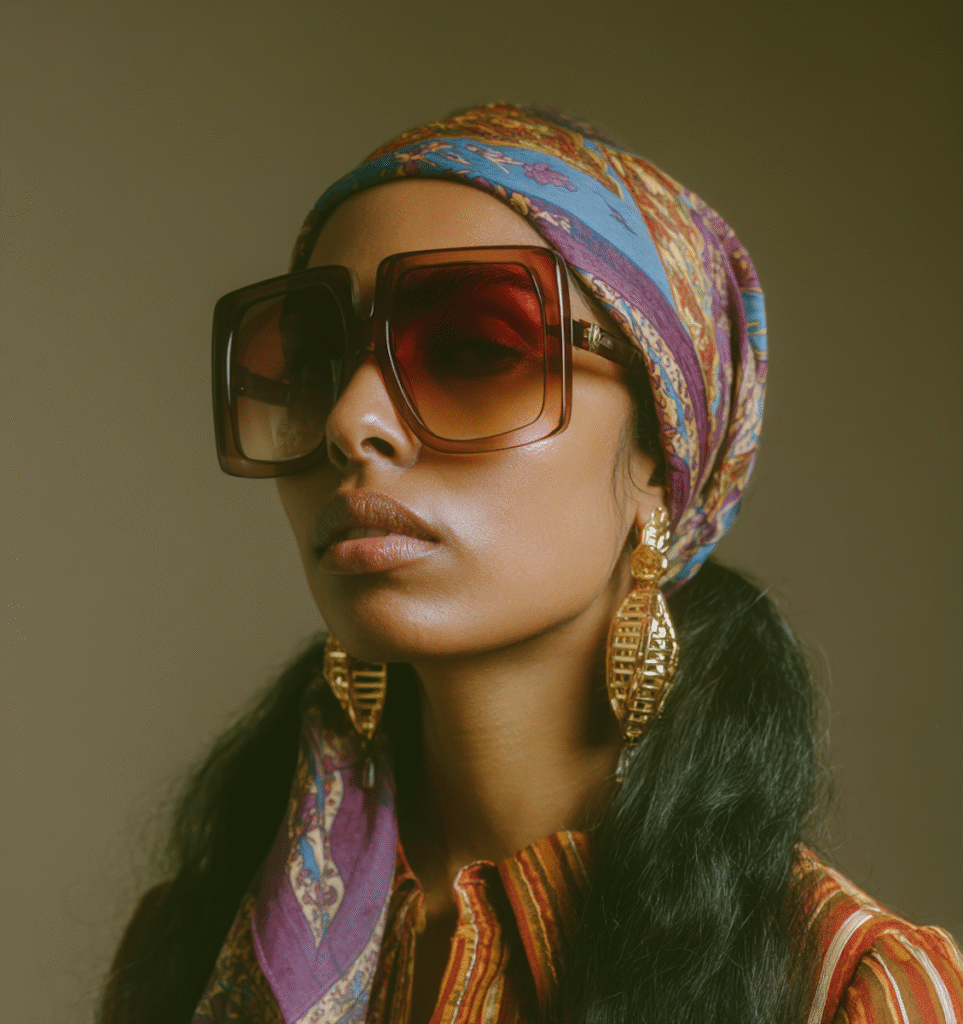
1. Three-Piece Suits
Men often wore wool suits with high-waisted trousers and wide lapels. Double-breasted jackets and vests were also common.
2. Fedora Hats and Two-Tone Shoes
Fedoras added a touch of class, while spectators (two-tone shoes) gave outfits a flashy, jazzy feel.
3. Casual Leisurewear
For the first time, men embraced casual wear like knitted sweaters and plus-fours for golf and leisure, reflecting the more relaxed spirit of the times.
Makeup and Hairstyles of the 1920s
Women embraced bold makeup: dark, smoky eyes, bright red lips, and penciled brows. The bob haircut became iconic, representing a clean break from the past and an embrace of modernity.
The Influence of Hollywood on Fashion in the Roaring 20s
Silent film stars like Clara Bow and Louise Brooks became fashion icons, with their glamorous, rebellious looks inspiring fans worldwide. The silver screen helped spread fashion in the Roaring 20s to a mass audience, making style more accessible and influential than ever.
How the Roaring 20s Changed Fashion Forever
The 1920s made fashion exciting, rebellious, and personal. It was no longer about adhering to societal norms—it was about expressing individuality. Fashion in the Roaring Twenties paved the way for later revolutions in style, from the mod 60s to today’s streetwear movements.
FAQs About Fashion in the Roaring 20s
Q1: What were the key features of women’s fashion in the 1920s?
A: Flapper dresses, dropped waists, cloche hats, and Art Deco accessories were iconic. The style emphasized freedom of movement and broke away from Victorian constraints.
Q2: Why was 1920s fashion considered revolutionary?
A: It represented a major shift in gender roles, social freedoms, and personal expression. Women wore shorter dresses and bolder makeup, and men embraced less rigid clothing.
Q3: What colors and fabrics were popular in the Roaring 20s?
A: Metallics, black, gold, silver, and jewel tones were popular, especially for evening wear. Fabrics like silk, chiffon, velvet, and tulle dominated formal styles.
Q4: How did World War I influence 1920s fashion?
A: After the war, society craved lightness and fun, which was reflected in more relaxed and daring clothing. The war also introduced practical fashion elements that remained post-war.
Q5: Is 1920s fashion still relevant today?
A: Absolutely. Designers often revisit fashion in the Roaring 20s for inspiration. Elements like fringe, sequins, geometric accessories, and bob haircuts remain popular today.
Conclusion
Fashion in the Roaring 20s was more than a style—it was a movement. It was about liberation, self-expression, and the joy of living. As trends come and go, the legacy of the 1920s remains one of the most influential in the history of fashion. Whether you’re attending a Great Gatsby party or simply appreciate vintage elegance, the 1920s offer endless inspiration.

